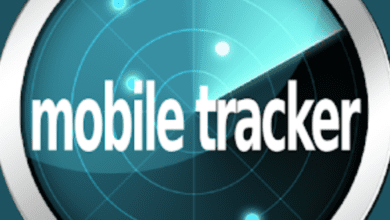Chatbot Marketing: The Complete Guide For Business Growth

Businesses are continually seeking innovative ways to engage with their customers and streamline operations.
One such technology that has gained immense popularity in recent years is chatbot marketing.
Chatbots are AI-powered virtual assistants that can interact with users in real-time, providing instant support and personalized experiences.
In this comprehensive guide, we will explore how chatbot marketing can revolutionize your business growth and share seven essential steps to create an effective chatbot strategy.
What is Chatbot Marketing?
Chatbot marketing is a form of conversational marketing that leverages artificial intelligence and natural language processing to engage with customers on various platforms, such as websites, social media, and messaging apps.
These chatbots can answer queries, provide product recommendations, assist with purchases, and even handle customer service inquiries.
The main goal of chatbot marketing is to enhance customer experience, drive engagement, and ultimately boost business growth.
The Benefits of Using Chatbots for Business Development
• Chatbots can provide instant and round-the-clock customer support, ensuring timely responses to customer queries and concerns, leading to higher customer satisfaction.
• By analyzing user behavior and preferences, chatbots can offer personalized product recommendations, increasing the chances of conversion.
• Chatbots can qualify leads, collect contact information, and nurture potential customers, contributing to a more efficient lead generation process.
• Chatbots can guide customers through the sales funnel, addressing objections and facilitating purchases, leading to increased sales revenue.
• Automating customer interactions with chatbots can significantly reduce customer support and operational costs, making it a cost-effective solution for businesses.
Developing a Chatbot Marketing Strategy
• Clearly outline the specific goals you want to achieve with chatbot marketing, whether it’s improving customer service or increasing sales.
• Understand your target audience’s preferences, pain points, and communication habits to tailor the chatbot experience to their needs.
• Select the platforms where your chatbot will operate, such as website chat widgets, Facebook Messenger, WhatsApp, or Slack.
• Develop conversational and relevant content that resonates with your audience and aligns with your brand voice.
• Regularly test your chatbot’s performance, gather feedback, and make necessary adjustments to improve its effectiveness.
• Track key metrics like engagement rates, conversion rates, and customer satisfaction to measure the impact of your chatbot marketing strategy.
• While chatbots are incredibly useful, ensure there are options for customers to speak with a human representative for more complex queries or situations.
FAQs
How to use chatbot for business development?
To use chatbots for business development, first, define your objectives, identify your target audience, choose the right platform, create engaging content, and regularly test and refine your chatbot’s performance.
What is the marketing strategy of a chatbot?
The marketing strategy of a chatbot involves leveraging artificial intelligence to engage with customers on various platforms, providing personalized experiences, enhancing customer support, and streamlining the sales process.
What are the 7 steps to create a chatbot strategy?
The seven steps to create an effective chatbot strategy are defining objectives, identifying the target audience, selecting the right platform, crafting engaging content, testing and refining the chatbot, monitoring analytics, and providing a human touch.
What is the growth of the chatbot market?
The chatbot market has experienced exponential growth in recent years, with increasing adoption by businesses across various industries. The market is projected to continue expanding as chatbots become more sophisticated and integral to customer engagement strategies.





